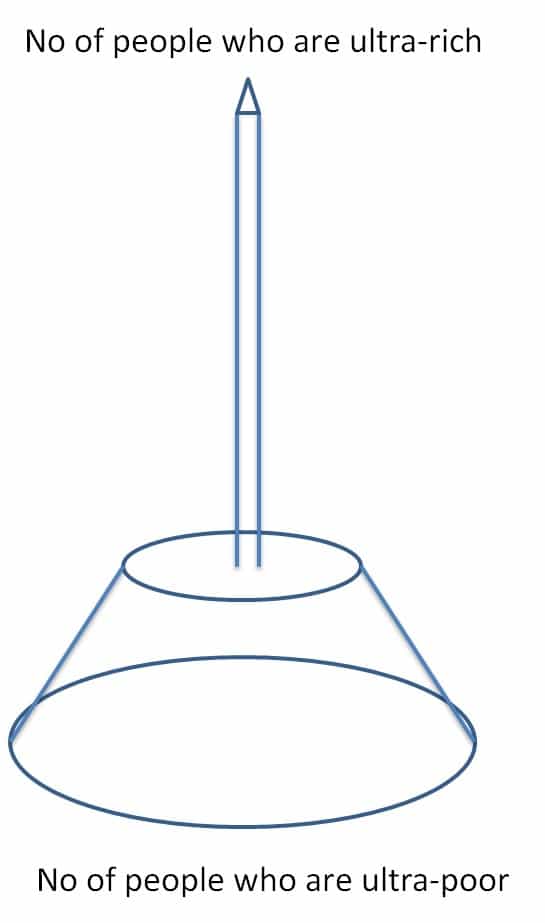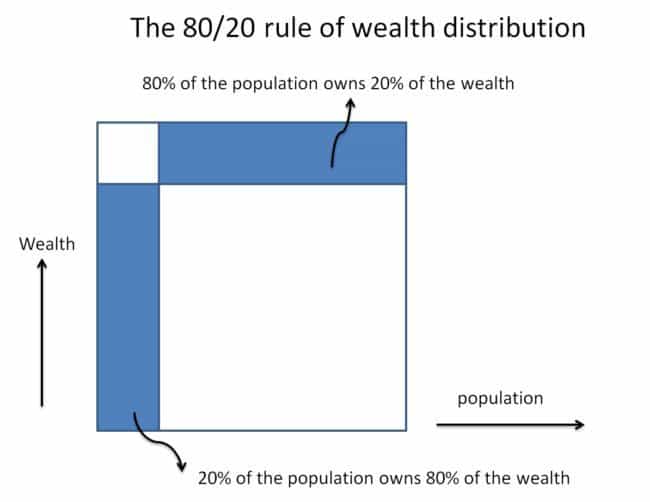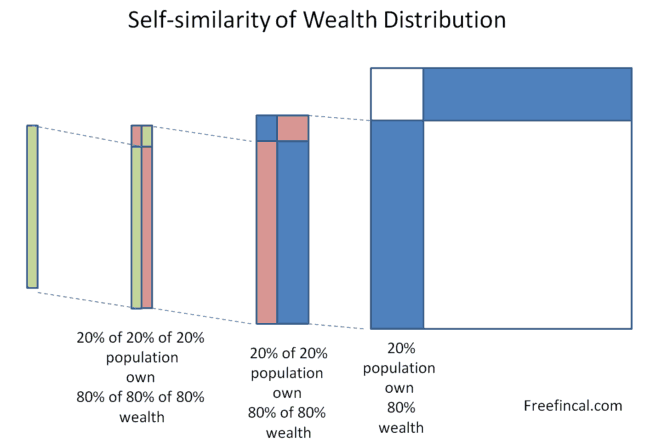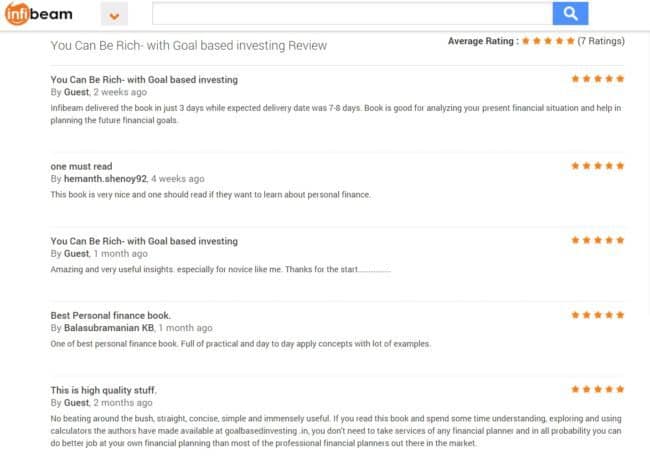Last Updated on October 8, 2023 at 1:36 pm
The distribution of wealth cannot be even among the members of a society/country. This is just not practical. Oxfam International’s global inequality report released this month points to the world in which the gap between the rich and poor is alarmingly getting wider. In this post, I discuss how to make (statistical) sense of this wealth distribution. In later posts, I shall point out how this behaviour is identical to many other situations like stocks prices, coastlines, snowflakes and even the dust collection!
The data from the headline: 1% richest Indians own 58.4% of the country’s wealth is from Credit Suisse Global Wealth Report 2016 published last November (links below). Before we get to that, a couple of interesting quotes from another Oxfam report titled (Even it Up):
Despite being a country ravaged by poverty, the number of billionaires in India has soared from two in the mid-1990s to more than 60 today. A significant number of India’s billionaires made their fortunes in sectors highly dependent on exclusive government contracts and licenses, such as real estate, construction, mining, telecommunications and media. A 2012 study estimated that at least half of India’s billionaire wealth came from such ‘rent-thick’ sectors of the economy. The net worth of India’s billionaires would be enough to eliminate absolute poverty in the country twice over, yet the government continues to underfund social spending for the most vulnerable. For instance, in 2011, public health expenditure per capita in India was just four percent of the OECD country average in per capita terms. As a consequence, inequality in India has worsened.
And to give us an Idea about how rich some people are:
If Bill Gates were to cash in all of his wealth, and spend $1m every single day, it would take him 218 years to spend it all. In reality though, he would never run out of money: even a modest return of just under two percent would make him $4.2 million each day in interest alone.
Well, that is the way the cookie crumbles. Oxfam’s main point is not anti-capitalism but a wake-up call to our government:
Join 32,000+ readers and get free money management solutions delivered to your inbox! Subscribe to get posts via email! (Link takes you to our email sign-up form)
🔥Want to create a complete financial plan? Learn goal-based investing? Exclusive access to our DIY tools? Increase your income with your skills? Use this link to enjoy massive discounts on our robo-advisory tool & courses! 🔥
India has, in recent years, become more unequal. If India were to stop its rising inequality, and instead hold inequality levels static, by 2019 they could lift 90 million people out of extreme poverty. Reducing inequality by 10 points, the equivalent of a 36 percent reduction, could almost eliminate extreme poverty altogether, by lifting up a further 83 million people.
In this post, I would like to focus on making sense of the above data: 1% richest Indians own 58.4% of the country’s wealth.
Vilfredo Pareto analysed centuries of tax and wealth records with an aim to find out how wealth was distributed in a society. His income essentially looked like this in 1909.
Yes, it looks like a restaurant bill holder! Wealth distribution has always been unequal. According to Oxfam, the base is getting wider and the tip thinner!
Pareto’s distribution had a “power law behaviour”. I will not get into details here, other than oversimplify the main result as:
20% of the population holds 80% of the wealth
This is referred to as the 80-20 rule and I suspect made popular by productivity experts and sales gurus who extrapolated this rule.
The following is a crude depiction of the 80-20 rule.
At first sight, “1% richest Indians own 58.4% of the country’s wealth” appears to be very different from the 80/20 rule.
However, the 80-20 rule is self-similar. That is:
20% of the population control 80% wealth.
Now if you consider only the 20% population, it is found that
20% of 20% of the population control 80% of 80% of the wealth. Or
4% control 64% wealth.
Now if you consider only 20% of 20% or 4% of the population,
20% of 20% of 20% control 80% of 80% of 80% of the wealth. Or
0.8% of the population control 51.2% of the wealth.
Notice how close this is the Credit Suisse Report. Obviously, it is not exact. It need not be. The 80-20 rule is not really a rule. It is one of the outcomes of the Pareto distribution.
This behaviour in which the parts of a whole behave like the whole and parts of the parts behave like a whole is known as self-similarity or fractal behaviour. Here is a crude attempt to depict this.
It is Benoit Mandelbrot, one of the greatest human minds ever, who detected the self-similar nature of wealth distribution. To his astonishment (and ours), he found that stock prices and commodity prices also exhibit such self-similarity – more on this soon.
I am not sure how many readers would find this topic interesting, but I assure you that it crucial to understand this to gain a better understanding of how the world works.
References
Oxfam report: Even It Up
Oxfam report: An Economy For The 99%
Credit Suisse: Global Wealth Report 2016
Credit Suisse: Global Wealth Databook
The physics of Wall Street by James Owen Weatherall
The (Mis)behaviour of markets by Benoit B Mandelbrot
You Can Be Rich Too With Goal-Based Investing
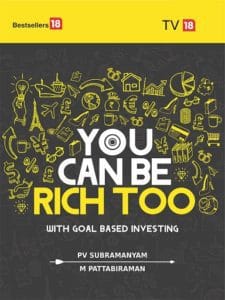 Now 23% OFF Rs. 307 at Amazon
Now 23% OFF Rs. 307 at Amazon
Rs. 307 + additional 10% discount with code: Republic10 at Infibeam
- Ask the right questions about money
- get simple solutions
- Define your goals clearly with worksheets
- Calculate the correct asset allocation for each goal.
- Find out how much insurance cover you need, and how much you need to invest with nine online calculator modules
- Learn to choose mutual funds qualitatively and quantitatively.
More information is available here: A Beginner’s Guide To Make Your Money Dreams Come True!
What Readers Say
Where to Buy
Amazon.inRs. 375
You can also get it from Bookadda Rs. 371. Flipkart Rs. 359
The book is also available on Kindle at Amazon.in (Rs. 244.30) or at Amazon.com ($3.36 or Rs. 244.30).
Also at, Google Play Store (Rs. 244.30)

Use our Robo-advisory Tool to create a complete financial plan! ⇐More than 3,000 investors and advisors use this! Use the discount code: robo25 for a 20% discount. Plan your retirement (early, normal, before, and after), as well as non-recurring financial goals (such as child education) and recurring financial goals (like holidays and appliance purchases). The tool would help anyone aged 18 to 80 plan for their retirement, as well as six other non-recurring financial goals and four recurring financial goals, with a detailed cash flow summary.
🔥You can also avail massive discounts on our courses and the freefincal investor circle! 🔥& join our community of 8000+ users!
Track your mutual funds and stock investments with this Google Sheet!
We also publish monthly equity mutual funds, debt and hybrid mutual funds, index funds, and ETF screeners, as well as momentum and low-volatility stock screeners.
You can follow our articles on Google News

We have over 1,000 videos on YouTube!

Join our WhatsApp Channel

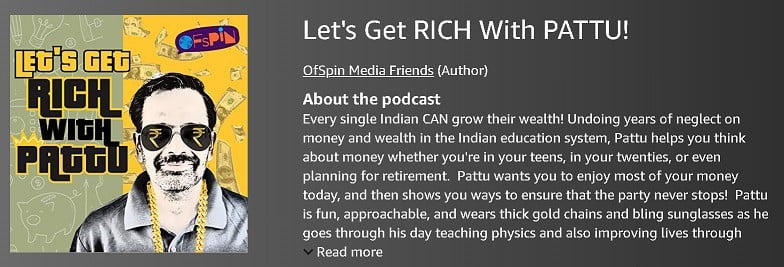

- Do you have a comment about the above article? Reach out to us on Twitter: @freefincal or @pattufreefincal
- Have a question? Subscribe to our newsletter using the form below.
- Hit 'reply' to any email from us! We do not offer personalised investment advice. We can write a detailed article without mentioning your name if you have a generic question.
Join 32,000+ readers and get free money management solutions delivered to your inbox! Subscribe to get posts via email! (Link takes you to our email sign-up form)
About The Author
 Dr M. Pattabiraman (PhD) is the founder, managing editor and primary author of freefincal. He is an associate professor at the Indian Institute of Technology, Madras. He has over 13 years of experience publishing news analysis, research and financial product development. Connect with him via Twitter(X), LinkedIn, or YouTube. Pattabiraman has co-authored three print books: (1) You can be rich too with goal-based investing (CNBC TV18) for DIY investors. (2) Gamechanger for young earners. (3) Chinchu Gets a Superpower! for kids. He has also written seven other free e-books on various money management topics. He is a patron and co-founder of “Fee-only India,” an organisation promoting unbiased, commission-free, AUM-independent investment advice.
Dr M. Pattabiraman (PhD) is the founder, managing editor and primary author of freefincal. He is an associate professor at the Indian Institute of Technology, Madras. He has over 13 years of experience publishing news analysis, research and financial product development. Connect with him via Twitter(X), LinkedIn, or YouTube. Pattabiraman has co-authored three print books: (1) You can be rich too with goal-based investing (CNBC TV18) for DIY investors. (2) Gamechanger for young earners. (3) Chinchu Gets a Superpower! for kids. He has also written seven other free e-books on various money management topics. He is a patron and co-founder of “Fee-only India,” an organisation promoting unbiased, commission-free, AUM-independent investment advice.Our flagship course! Learn to manage your portfolio like a pro to achieve your goals regardless of market conditions! ⇐ More than 3,500 investors and advisors are part of our exclusive community! Get clarity on how to plan for your goals and achieve the necessary corpus no matter the market condition!! Watch the first lecture for free! One-time payment! No recurring fees! Life-long access to videos! Reduce fear, uncertainty and doubt while investing! Learn how to plan for your goals before and after retirement with confidence.
Increase your income by getting people to pay for your skills! ⇐ More than 800 salaried employees, entrepreneurs and financial advisors are part of our exclusive community! Learn how to get people to pay for your skills! Whether you are a professional or small business owner seeking more clients through online visibility, or a salaried individual looking for a side income or passive income, we will show you how to achieve this by showcasing your skills and building a community that trusts and pays you. (watch 1st lecture for free). One-time payment! No recurring fees! Life-long access to videos!
Our book for kids: “Chinchu Gets a Superpower!” is now available!


Must-read book even for adults! This is something that every parent should teach their kids right from their young age. The importance of money management and decision making based on their wants and needs. Very nicely written in simple terms. - Arun.Buy the book: Chinchu gets a superpower for your child!
How to profit from content writing: Our new ebook is for those interested in getting a side income via content writing. It is available at a 50% discount for Rs. 500 only!
Do you want to check if the market is overvalued or undervalued? Use our market valuation tool (it will work with any index!), or get the Tactical Buy/Sell timing tool!
We publish monthly mutual fund screeners and momentum, low-volatility stock screeners.
About freefincal & its content policy. Freefincal is a News Media organisation dedicated to providing original analysis, reports, reviews and insights on mutual funds, stocks, investing, retirement and personal finance developments. We do so without conflict of interest and bias. Follow us on Google News. Freefincal serves more than three million readers a year (5 million page views) with articles based only on factual information and detailed analysis by its authors. All statements made will be verified with credible and knowledgeable sources before publication. Freefincal does not publish paid articles, promotions, PR, satire or opinions without data. All opinions will be inferences backed by verifiable, reproducible evidence/data. Contact Information: To get in touch, please use our contact form. (Sponsored posts or paid collaborations will not be entertained.)
Connect with us on social media
- Twitter @freefincal
- Subscribe to our YouTube Videos
- Posts feed via Feedburner.
Our publications
You Can Be Rich Too with Goal-Based Investing
 Published by CNBC TV18, this book is designed to help you ask the right questions and find the correct answers. Additionally, it comes with nine online calculators, allowing you to create custom solutions tailored to your lifestyle. Get it now.
Published by CNBC TV18, this book is designed to help you ask the right questions and find the correct answers. Additionally, it comes with nine online calculators, allowing you to create custom solutions tailored to your lifestyle. Get it now.Gamechanger: Forget Startups, Join Corporate & Still Live the Rich Life You Want
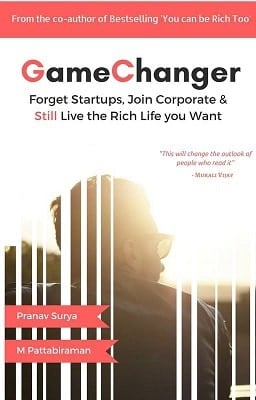 This book is designed for young earners to get their basics right from the start! It will also help you travel to exotic places at a low cost! Get it or gift it to a young earner.
This book is designed for young earners to get their basics right from the start! It will also help you travel to exotic places at a low cost! Get it or gift it to a young earner.Your Ultimate Guide to Travel
 This is an in-depth exploration of vacation planning, including finding affordable flights, budget accommodations, and practical travel tips. It also examines the benefits of travelling slowly, both financially and psychologically, with links to relevant web pages and guidance at every step. Get the PDF for Rs 300 (instant download)
This is an in-depth exploration of vacation planning, including finding affordable flights, budget accommodations, and practical travel tips. It also examines the benefits of travelling slowly, both financially and psychologically, with links to relevant web pages and guidance at every step. Get the PDF for Rs 300 (instant download)